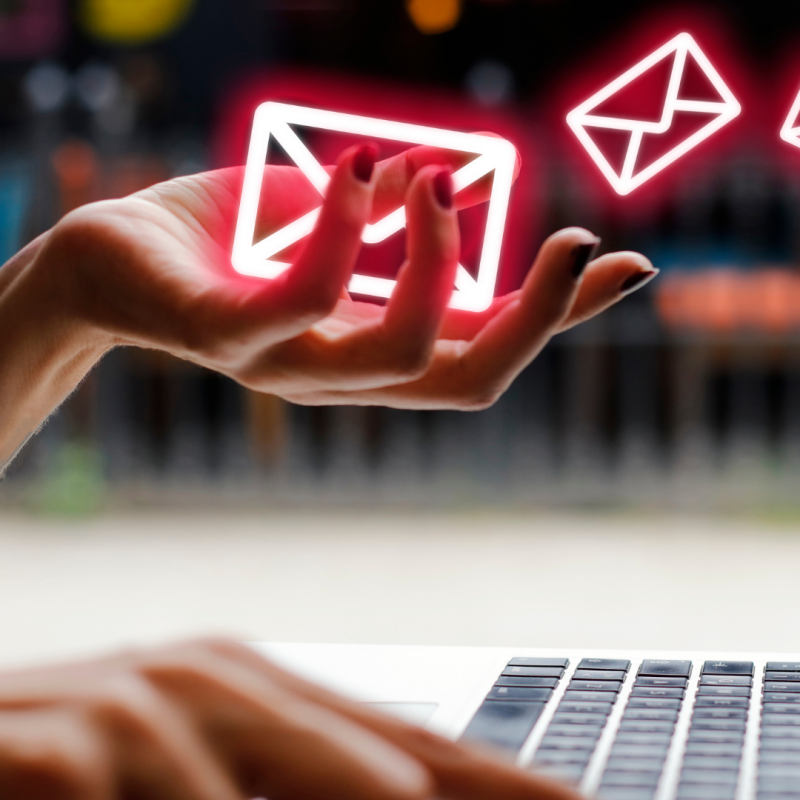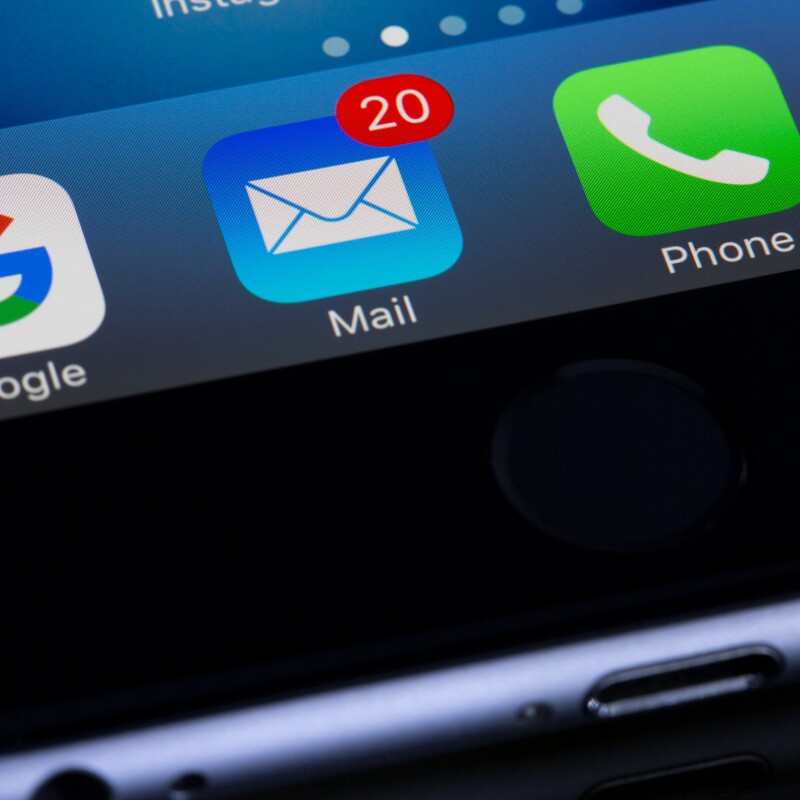Happy Admin Month! Take a look at what’s in store ›
Are You CCing What I'm CCing?: A Guide to Work Email Etiquette
August 1, 2022

Emails are inescapable for office workers today, but especially for administrative professionals who spend a great deal of time in inboxes: checking, organizing, and responding to emails of all kinds.
Looking for more resources? Check out:
With all this in mind, having proper email etiquette is more important than ever. Here's how to stay on top of it.
Work Email Organization
Practicing proper organization is one of the first steps in any endeavor. The average worker can spend up to 50 minutes searching for something. To ensure efficiency, organize email contacts by groups. For example, if you must send an email to a department, it is better to have the department’s emails in a list than to waste time searching for their contacts.
Email etiquette at work also includes having a proper signature. Custom signatures display professionalism while letting the recipient know your titles and qualifications. One of the most common things is to include your professional title directly under your name. From there, list any other qualifications in descending order. Furthermore, you can conclude your signature with the location and address of your company. If you work from home, you can include your city and state. Including your city and state is helpful when communicating across different time zones while working from home.
Including the Proper Recipients
Between the to, cc, and bcc columns, knowing which recipient to put where can be confusing. The “to” column sends the email to the direct correspondent. For example, when exchanging short emails with your coworkers, you can simply use the “to” column and nothing more.
The “cc” column is ideal when communicating less directly. This means coworkers can view the emails but may not feel as obliged to respond. On the other hand, if you want to communicate with an entire team and expect responses, include all their emails in the “to” column. Finally, the “bcc” column (blind carbon copy) allows you to include a recipient secretly. Again, this may be ideal when sending mass emails and wanting to include a boss or CEO. However, be sure you are ethically using the “bcc” and not exposing anything to somebody who should not see it.
Work Emails as Primary Communication
In the digital workspace, without face-to-face interaction, emails are used instead. The good thing about emails is that they do not require instant and direct interaction. This is ideal when working on multiple tasks at once. For example, you can communicate to your colleagues' ideas that pop into your head about a project that is entirely unrelated to the one you are currently working on.
Tips on Work Emails
Always remember that emails are a form of communication that does not require instant responses. If you have too many things on your plate, take a few hours before responding to all your emails. Alternatively, if your work allows it, set beside a time of your day to respond to your work emails. After that, focus on the tasks that you have scheduled.
For more tips on work emails and so much more, visit the American Society of Administrative Professionals (ASAP) and consider becoming a free member! You'll gain access to even more resources, training, and community.
Join the Conversation
Welcome to the ASAP Circle, a community platform for peer-to-peer conversation on trending topics, professional challenges, and shared experiences. We even have designated spaces for weekly Tuesday Coffee Breaks.









